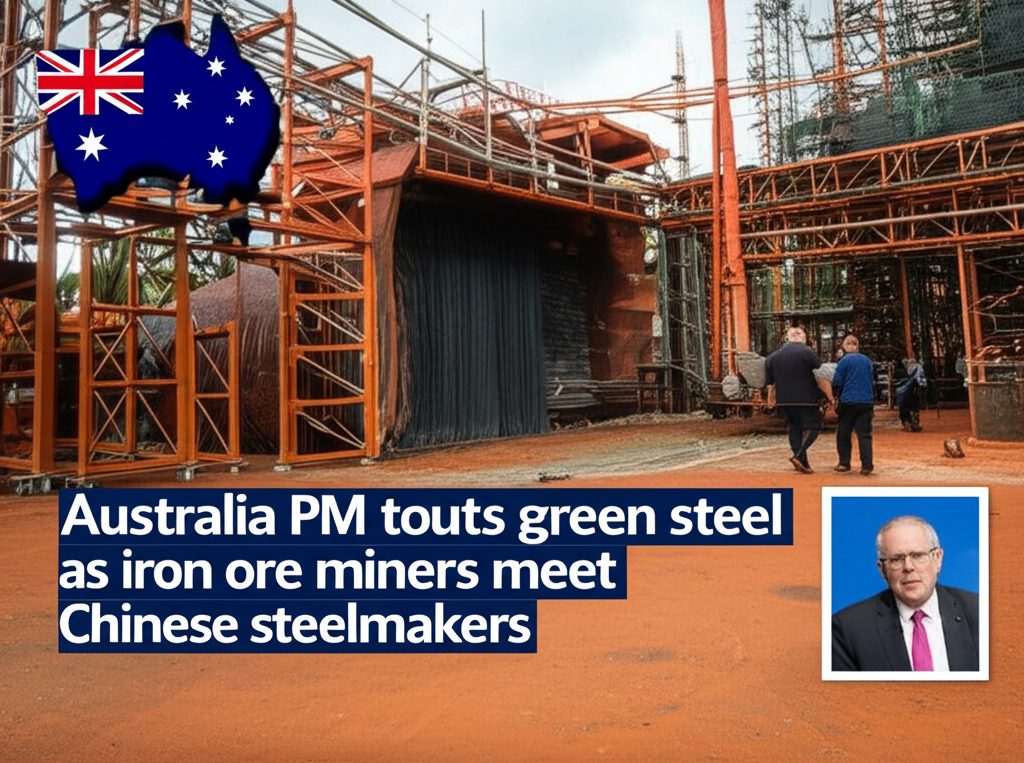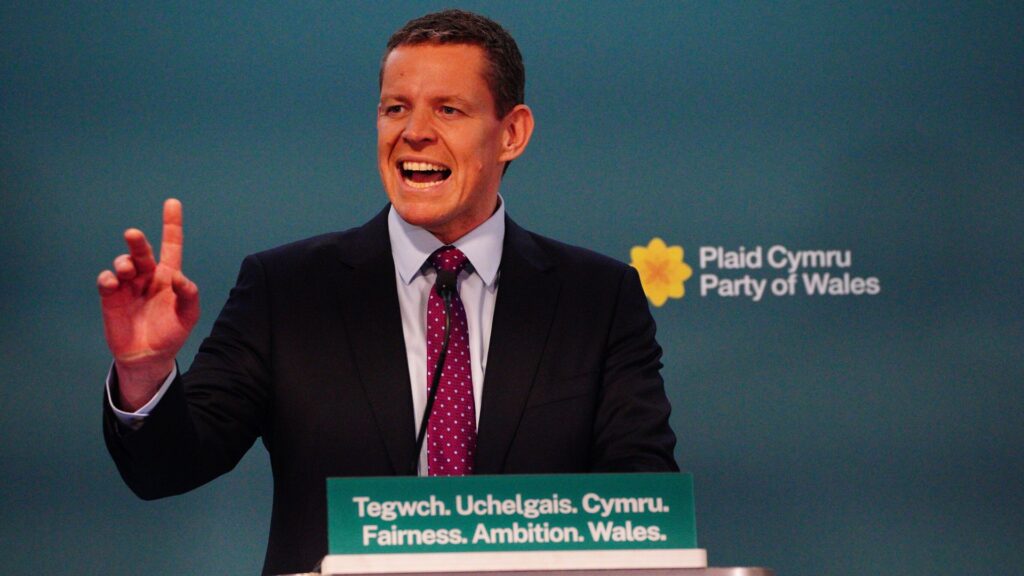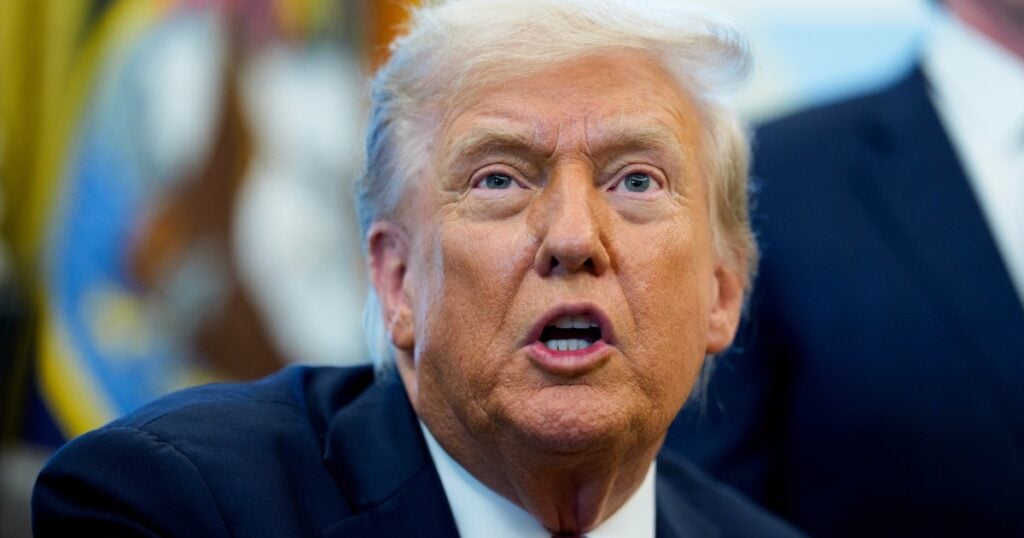Blog
Australia PM touts green steel as iron ore miners meet Chinese steelmakers

Shanghai, China – July 14, 2025 – Australian Prime Minister Anthony Albanese today addressed a pivotal roundtable in Shanghai, bringing together Australian iron ore miners and Chinese steelmakers to discuss the future of steel production and the critical role of “green steel” in global decarbonization efforts. Albanese emphasized that closer collaboration on green steel is essential for both nations to continue their decades-long economic relationship and achieve the goals of the Paris Agreement.
The meeting underscored the profound interdependence of the Australian and Chinese economies in the iron ore and steel sectors. Australia is the world’s largest iron ore producer, supplying almost 60% of China’s iron ore imports, which in turn fuels over 50% of global steel supply.
Decarbonization as an Opportunity:
Prime Minister Albanese highlighted that the decarbonization of steel value chains, which currently account for 7-9% of global emissions, presents a significant opportunity for both Australia and China to advance their long-term economic interests. He stressed that achieving this goal will require an enabling policy environment, extensive investment in research and new technologies, and robust collaboration across academia, industry, and government.
“We want Australian iron ore to be part of the solution when it comes to lowering emissions, and we understand that China wants that too,” Albanese stated, adding that these discussions marked an “important step forward” for the two nations.
Addressing Excess Steel Capacity:
Beyond green steel, Albanese also called for China, the world’s largest steelmaker, to address its excess production capacity. This overcapacity has been fueling record exports, leading to a wave of tariffs and duties from various trade partners. The Prime Minister affirmed Australia’s commitment to working with China to ensure a sustainable and market-driven global steel sector.
Industry Leaders on Board:
The roundtable included top executives from Australia’s mining giants, including Rio Tinto, BHP, Fortescue, and Hancock Iron Ore, alongside prominent Chinese steelmakers. Andrew Forrest, Executive Chairman of Fortescue, a key player in green iron initiatives, expressed optimism that a bilateral agreement on green steel could generate hundreds of thousands of new jobs in both countries.
Challenges and the Path Forward:
Despite the shared vision, challenges remain. Political tensions, particularly surrounding regional security and China’s lease of the Port of Darwin, are acknowledged as potential “distractions” by industry leaders like Forrest. Furthermore, the high initial costs, technological limitations, and vast infrastructure requirements for large-scale green iron production in Australia are significant hurdles.
BHP’s President Australia, Geraldine Slattery, noted that even with substantial government support, Australian green iron production costs could be approximately double those in competing regions like the Middle East and China, due to higher energy and labor costs and significant transportation distances to major markets.
However, the consensus remains that the evolution of the Australia-China economic relationship will move beyond purely transactional commodity trading to encompass shared climate technology development and green partnerships. Australia’s abundant renewable resources and iron ore deposits, particularly magnetite, are seen as crucial assets in this transition, complementing China’s industrial capabilities and expertise in low-carbon steelmaking.
Government Initiatives:
The Australian government is actively supporting the transition, with initiatives such as the $1 billion Green Iron Investment Fund, with up to $500 million earmarked for the transformation of the Whyalla Steelworks in South Australia. This investment aims to modernize the steel industry, reduce carbon emissions, and secure long-term employment.
The discussions in Shanghai represent a critical juncture for both Australia and China as they navigate the complexities of decarbonizing heavy industries and adapting their long-standing trade relationship to meet the demands of a global green transition.




















